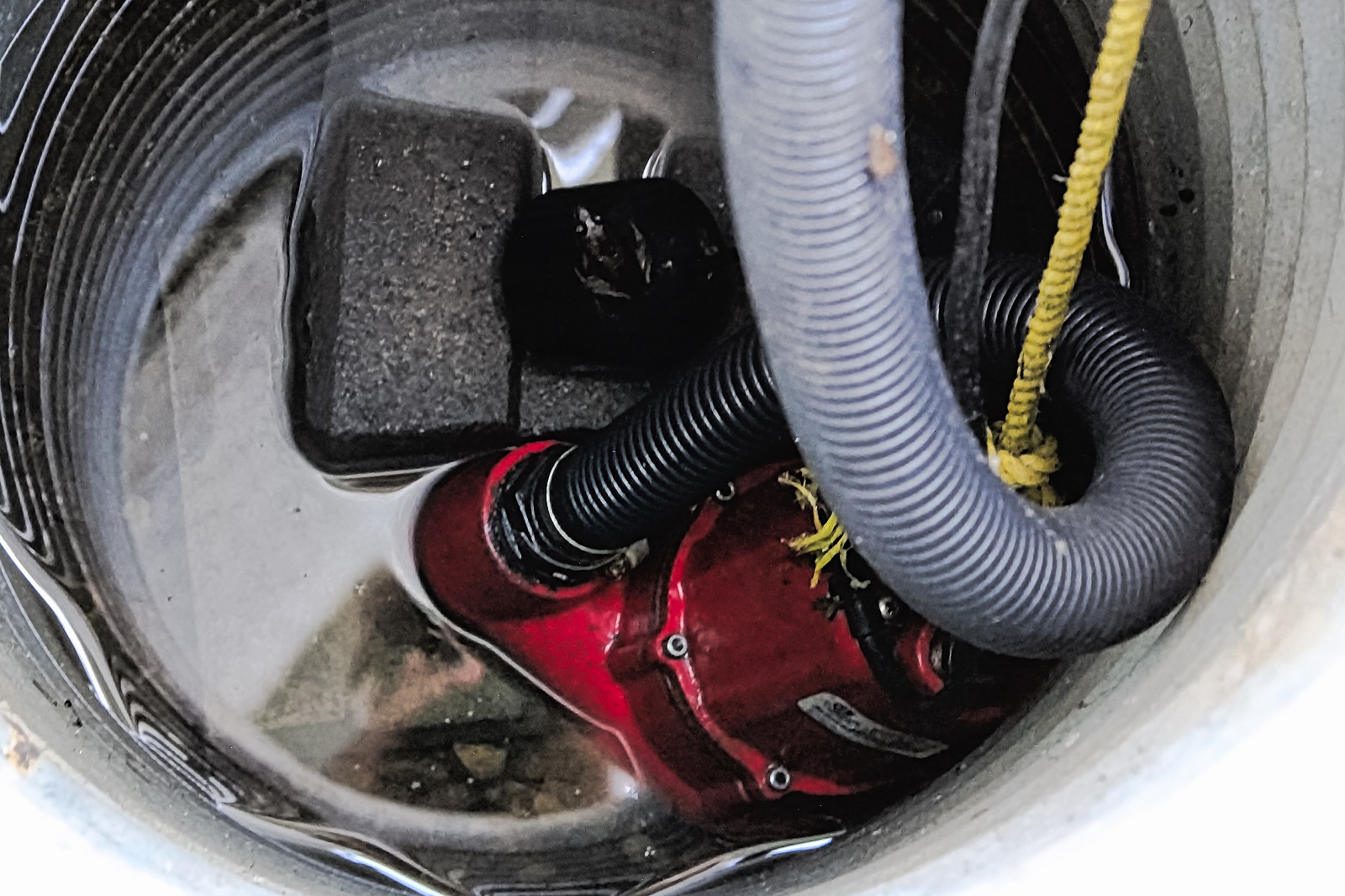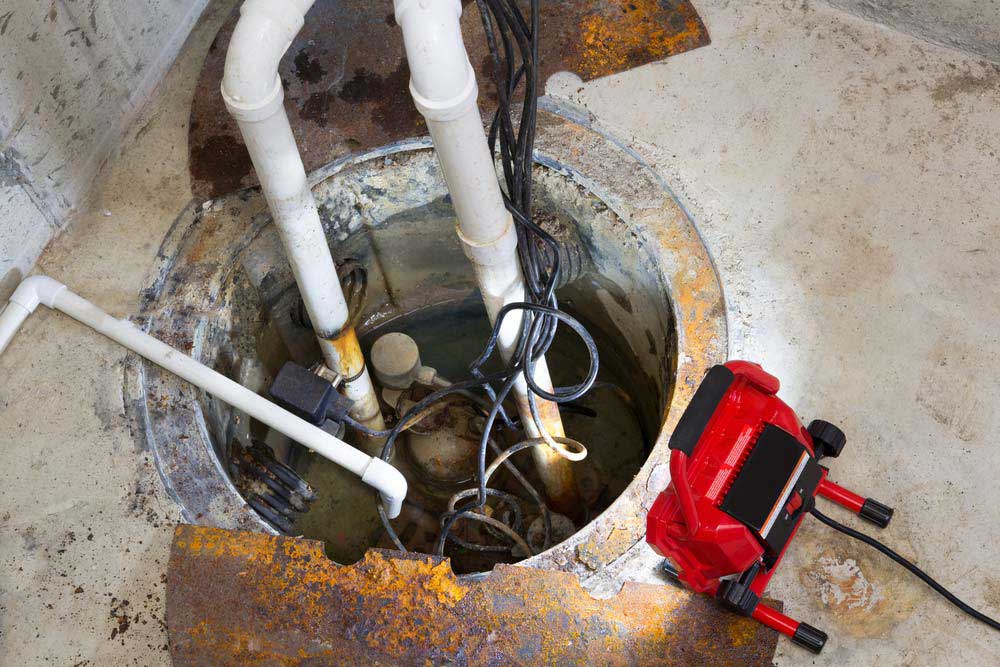Top Steps for Caring for Your Sump Pump
Top Steps for Caring for Your Sump Pump
Blog Article
Are you currently trying to find help and advice around Cleaning & Maintenance Tips for Your Home's Sump Pump?

Sump pumps are important parts in lots of homes, especially in locations vulnerable to flooding or excessive wetness. They aid avoid water damage by efficiently getting rid of excess water from cellars or crawl spaces. However, like any other home appliance, sump pumps need normal maintenance to guarantee they function successfully when needed the most. Cleansing your sump pump is a crucial part of its upkeep, and understanding exactly how to do it properly can conserve you from costly repair services and potential disasters.
Intro
Preserving a tidy sump pump is vital for its correct functioning and long life. Disregarding this important job can cause blockages, breakdowns, and eventually, water damages to your building. For that reason, finding out exactly how to clean a sump pump is important for property owners who depend on these devices to keep their basements completely dry and secured.
Comprehending the Sump Pump
Before diving right into the cleansing procedure, it's vital to have a fundamental understanding of just how a sump pump functions. Generally installed in a pit or basin below the cellar floor, a sump pump contains numerous vital elements, including a pump, a float button, and a discharge pipe. When water builds up in the pit, the float switch turns on the pump, which after that pumps the water out with the discharge pipeline, far from the structure's structure.
Indications of a Dirty Sump Pump
Recognizing when your sump pump needs cleansing is vital for stopping potential malfunctions. Some typical signs that show a dirty sump pump consist of weird noises throughout procedure, minimized water circulation, and visible debris in the pit. If you observe any one of these signs and symptoms, it's essential to clean your sump pump immediately to avoid any kind of further concerns.
Preparing for Cleansing
Prior to you start cleaning your sump pump, it's important to take some safety and security precautions. Start by shutting off the power to the pump to avoid any electrical crashes. Additionally, use proper safety gear, such as handwear covers and safety glasses, to secure on your own from dust, debris, and possible microorganisms.
Step-by-step Overview to Cleaning Up a Sump Pump
Turning off the Power
Begin by detaching the power supply to the sump pump to stop any accidents while cleaning.
Getting Rid Of Debris and Dirt
Use a pail or a scoop to remove any type of noticeable particles, dust, or debris from the sump pit. Dispose of the particles effectively to stop it from obstructing the pump or the discharge pipeline.
Cleansing the Pump and Drift Change
When the pit is free from particles, very carefully remove the pump from the pit. Evaluate the pump and the float switch for any kind of indications of damages or wear. Make use of a soft brush or fabric to clean the surfaces and remove any kind of gathered gunk.
Purging the System
After cleansing the pump and float button, flush the sump pit with tidy water to remove any kind of remaining dirt or debris. This will certainly assist ensure that the pump operates efficiently and effectively.
Looking For Correct Performance
Prior to reinstalling the pump, perform a quick test to guarantee that the float button triggers the pump appropriately. Put some water into the sump pit and observe the pump's procedure. If every little thing is working properly, you can reassemble the pump and reconnect the power supply.
Upkeep Tips to Keep Your Sump Pump Clean
In addition to routine cleansing, there are numerous upkeep suggestions you can follow to maintain your sump pump in optimal condition:
Conclusion
Cleaning your sump pump is a critical element of its maintenance and guarantees that it runs properly when you require it one of the most. By following the steps described in this guide and incorporating regular upkeep right into your regimen, you can expand the life-span of your sump pump and safeguard your home from water damage.
6 STEPS ON HOW TO CLEAN A SUMP PUMP PROPERLY
UNDERSTANDING SUMP PUMPS
Your sump pump plays a crucial role in protecting your home by managing and removing excess water. It primarily functions as a “shield”, guarding your basement against the damaging effects of water accumulation. The pump is housed in a sump pit in the lowest part of your basement, and its job is to pump out any water that collects there.
During heavy rainfalls or when snow melts rapidly, water can infiltrate your basement, posing potential risks like flooding, structural damage, and harmful mold growth. Here, the sump pump springs into action, pumping out the intruding water and directing it away from your home.
SAFETY FIRST
Before cleaning, remember to prioritize safety. Disconnect the sump pump from the power source to prevent any accidental electric shocks. Also, wear sturdy gloves to protect your hands from any sharp or dirty components within the pump.
REMOVE THE SUMP PUMP
After ensuring your safety, the next step is to remove the sump pump from its pit. Doing this might require careful maneuvering as you don’t want to damage any pump components. Once removed, clean the sump pit to remove any accumulated debris or sludge.
INSPECT THE PUMP
Inspect the pump for any visible signs of wear or damage. Check the power cord, float switch, and impeller housing. If any components look worn out or damaged, consider replacing them to ensure optimal performance.
CLEAN THE PUMP
Thoroughly clean the pump with warm, soapy water. Make sure to rid it of any dirt, gravel, or other debris that might impede its performance. You can use a toothbrush to clean the small, hard-to-reach parts of the pump.
REINSTALL THE SUMP PUMP
Reinstall the pump into the sump pit Make sure it’s positioned correctly to remove the water effectively Once it’s back in place, reconnect it to the power source TEST THE PUMP
Finally, pour some water into the pit to ensure the pump works correctly. It should start automatically and begin pumping out the water; if it doesn’t, check the power source and the positioning of the pump.
Remember, while cleaning your sump pump is an essential part of home maintenance, hiring a professional plumber for a thorough inspection and cleaning at least once a year is also important. This will ensure that your pump is in optimal condition, ready to protect your home from potential water damage.
BEST PRACTICES FOR CLEANING SUMP PUMP DISCHARGE PIPES
Regular Inspection: Regularly inspect your discharge pipes, especially during heavy rainfall or snowmelt periods. Look for any signs of blockage or damage. Early detection of problems can prevent serious issues down the line. Periodic Cleaning: Over time, sediment and debris can accumulate in the discharge pipes, impeding the flow of water. Regular cleaning helps keep the pipes clear and functioning efficiently. You can use a high-pressure water jet to effectively clean the pipes. Insulation During Winter: In colder climates, discharge pipes can freeze, blocking the outflow of water. Protect your discharge pipes from freezing temperatures by insulating them with foam pipe insulation. This will ensure the sump pump can continue to discharge water even in freezing conditions. Proper Positioning: The discharge pipe should be positioned to direct water away from your home’s foundation. Improper positioning can lead to water seeping back into the basement. Ensure the pipe is long enough and angled correctly. Installation of a Check Valve: A check valve prevents water from flowing back into your sump pit after the pump has pushed it out. Installing a check valve helps maintain the efficiency of your sump pump and reduces the risk of flooding. Minimize Pipe Turns: Every curve or turn in the discharge pipe can decrease the efficiency of water flow. By minimizing turns and bends in your discharge pipe, you can increase the efficiency of your sump pump. https://www.fullspeedplumbing.com/how-to-clean-a-sump-pump-properly9999/

Do you enjoy more info about Keep Your Sump Pump Clean, It'll Keep You Dry? Put feedback down below. We will be delighted to see your opinion about this article. We are looking forward that you come back again in the future. Kindly pause to distribute this entry if you enjoyed reading it. Many thanks for your time spent reading it.
Get Started Report this page